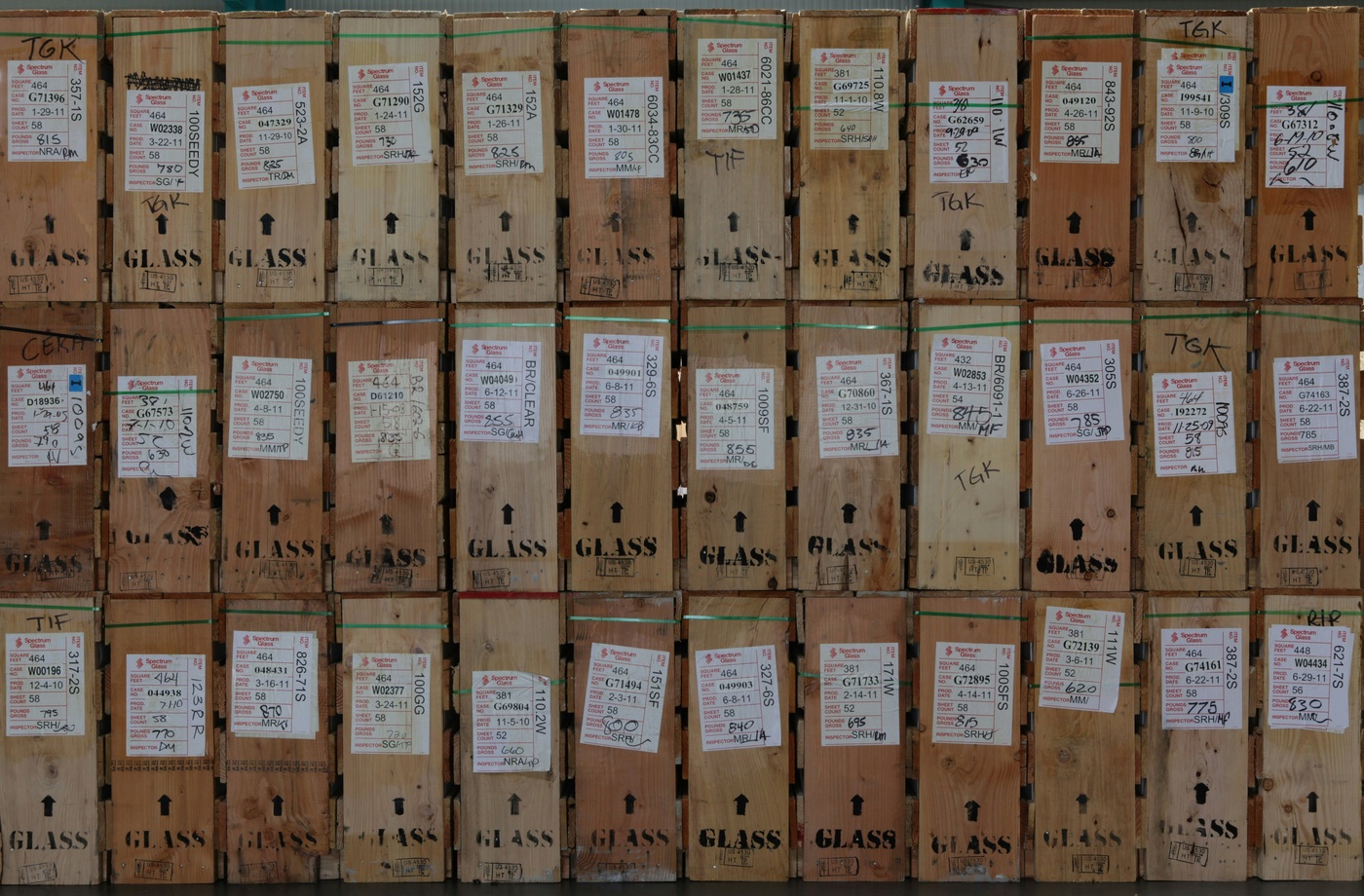Expanding your business beyond borders can open new markets and boost your revenue—but international shipping brings its own set of challenges. From customs forms to delivery delays and added fees, a successful global shipping strategy requires preparation. Whether you’re just starting to ship overseas or looking to optimize your process, here’s what you need to know.
- Understand what makes international shipping different
Unlike domestic deliveries, international shipments must pass through customs in both the origin and destination countries. This adds variables like:
- Duties and taxes (often paid by the recipient)
- Country-specific import restrictions
- Additional paperwork and shipping labels
- Higher risk of delays or returns
Choosing the right carrier and service level can minimize surprises and ensure faster, smoother deliveries.
- Choose a reliable international carrier
Each major shipping carrier offers global delivery options with different rates, speeds, and tracking capabilities:
- USPS International: Cost-effective and widely available; best for lightweight parcels and standard shipping.
- UPS Worldwide Services: Offers express and guaranteed delivery with robust tracking.
- FedEx International Shipping: Excellent for time-sensitive shipments with customs support.
- Accurately complete customs forms
Customs documents are required for all international shipments and must include:
- Sender and recipient contact details
- Detailed product descriptions
- Item value and purpose (sale, gift, return, etc.)
- Harmonized Tariff Schedule (HTS) code, when applicable
Tools like USPS Customs Forms or Easyship can automate and pre-fill this information.
- Know what items are restricted or prohibited
Each country has its own import rules. Common restricted items include:
- Alcohol, lithium batteries, and aerosols
- Perishable goods
- Seeds or agricultural products
- Electronics without proper certifications
Use UPS’s Import/Export Country Regulations Tool or FedEx’s International Shipping Guide to confirm what’s allowed.
- Choose the right packaging and insurance
Use durable packaging rated for international transit. Double boxing is a smart choice for fragile or high-value items. Most carriers offer basic coverage, but you can add extra insurance for peace of mind.
- Communicate delivery expectations clearly
Delivery times vary significantly by country, customs workload, and service level. Clearly set customer expectations and provide tracking whenever possible. Many platforms support branded tracking with automatic updates using tools like AfterShip.
- Watch your costs—and use rewards where possible
International shipping is more expensive, but it doesn’t have to crush your budget. You can earn cashback with a DHL gift card if you’re using DHL Express for global shipments. Fluz allows you to apply gift cards directly to your shipping cost, making each international label more affordable.
Explore more international-friendly shipping rewards at Fluz.
Conclusion
International shipping can be intimidating, but with the right tools, carriers, and strategy, you can open your business to a global audience. Start with one region, get familiar with customs processes, and optimize from there. A solid international shipping process boosts customer trust, reduces returns, and supports long-term global growth.



